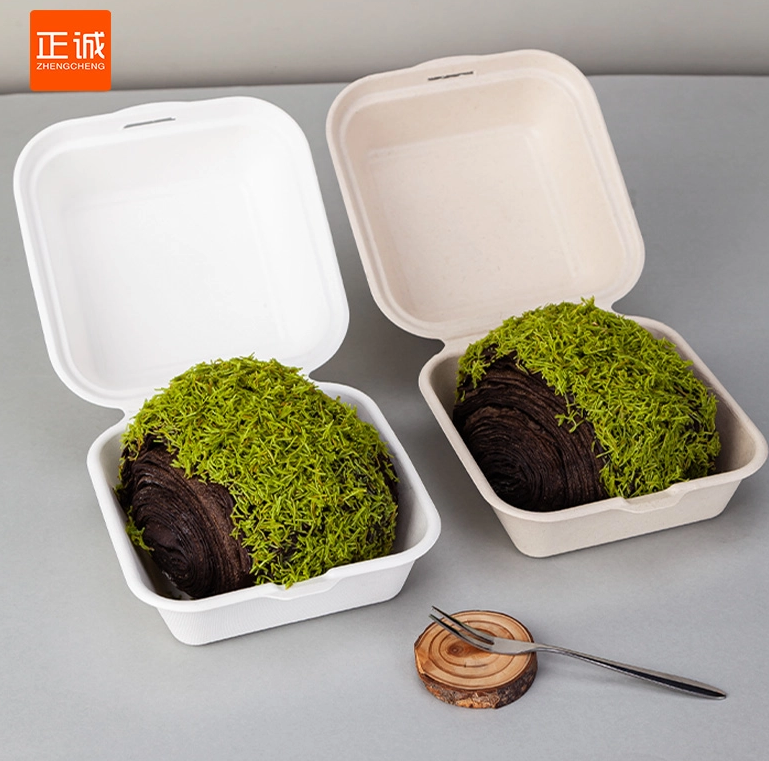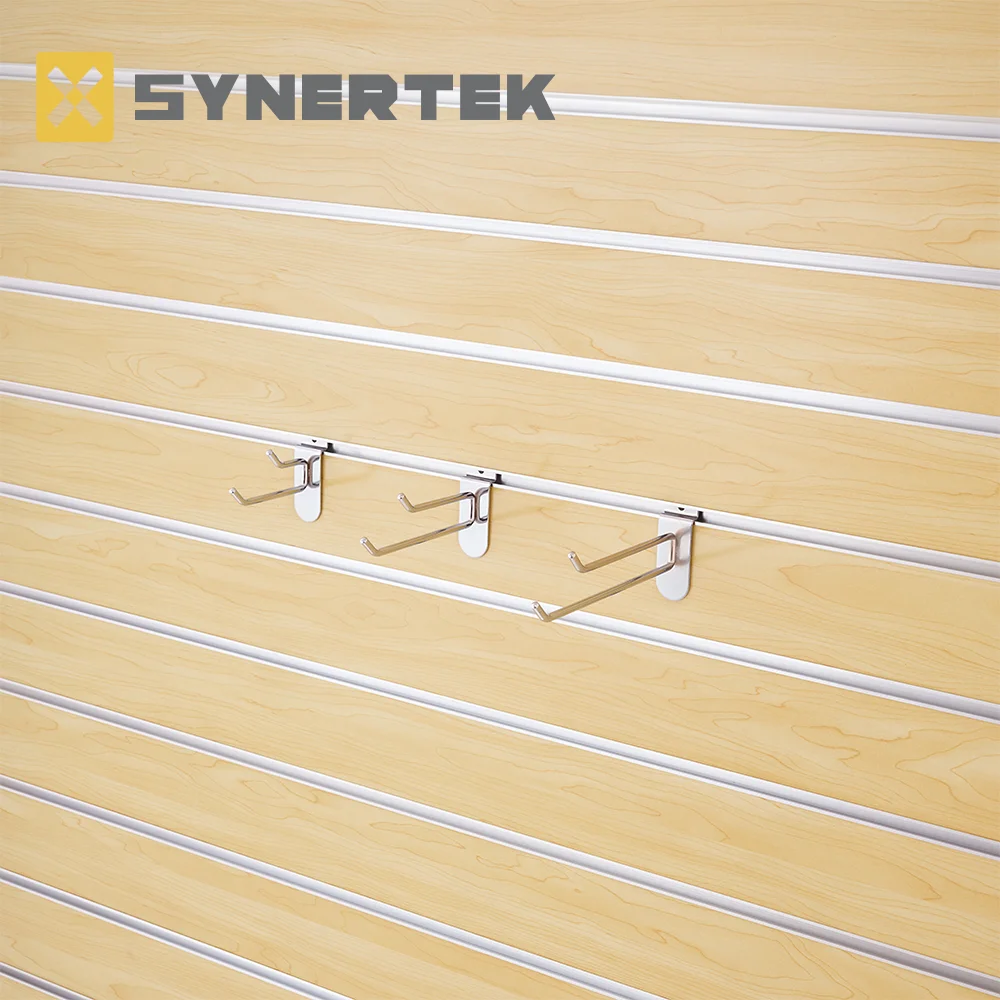When it comes to enhancing outdoor spaces, tiles are a popular choice for patios, walkways, and pool areas. They offer aesthetic appeal, durability, and ease of maintenance. However, one critical question often arises: Do outdoor tiles need waterproofing? The answer is not as straightforward as it may seem. This article delves into the nuances of outdoor tile installation, the importance of waterproofing, and the factors that influence the decision to waterproof your outdoor tiles.
Understanding Outdoor Tiles
Outdoor tiles are specifically designed to withstand the elements. They are typically made from materials such as porcelain, ceramic, natural stone, or composite materials. Each type of tile has its own set of properties, including porosity, slip resistance, and thermal stability. While some tiles are inherently more resistant to water absorption than others, the need for waterproofing can depend on various factors, including the installation environment, climate, and intended use.
The Importance of Waterproofing
- Preventing Water Damage: Even tiles that are marketed as waterproof can absorb moisture over time, especially if they are porous. Water infiltration can lead to issues such as cracking, warping, and mold growth. Waterproofing creates a barrier that helps prevent water from penetrating the tile and the substrate beneath.
- Extending Lifespan: By protecting your outdoor tiles from water damage, you can significantly extend their lifespan. Waterproofing helps maintain the integrity of the tiles, reducing the need for repairs or replacements.
- Enhancing Aesthetic Appeal: Water can lead to unsightly stains and discoloration on outdoor tiles. Waterproofing helps maintain the original appearance of the tiles, ensuring they remain visually appealing for years to come.
- Improving Safety: Wet tiles can become slippery, posing a safety hazard. While some tiles have slip-resistant properties, waterproofing can further enhance traction by preventing water accumulation on the surface.
Factors to Consider for Waterproofing
- Tile Material: The type of tile you choose plays a significant role in determining whether waterproofing is necessary. For instance, natural stone tiles, such as limestone or slate, are more porous and may require waterproofing to prevent moisture absorption. On the other hand, high-quality porcelain tiles are often less porous and may not need additional waterproofing.
- Installation Environment: The location and climate of your outdoor space are crucial factors. Areas with heavy rainfall or high humidity levels are more susceptible to water damage, making waterproofing a wise investment. Conversely, in arid climates, the need for waterproofing may be less critical.
- Substrate Considerations: The surface beneath the tiles also influences the need for waterproofing. If the substrate is prone to moisture retention, such as a concrete slab, applying a waterproof membrane can help protect both the tiles and the substrate.
- Intended Use: Consider how the space will be used. High-traffic areas, such as pool decks or outdoor kitchens, may benefit from waterproofing to withstand the wear and tear of daily use and exposure to water.
Waterproofing Methods
If you decide that waterproofing is necessary for your outdoor tiles, several methods can be employed:
- Sealants: Applying a high-quality sealant can create a protective barrier on the tile surface. Sealants are available in various formulations, including penetrating sealers that soak into the tile and topical sealers that form a protective layer on top.
- Waterproof Membranes: For areas prone to significant water exposure, such as around pools, a waterproof membrane can be installed beneath the tiles. This membrane acts as a barrier, preventing water from reaching the substrate.
- Grout Sealing: Don’t overlook the grout lines between tiles. Grout can be porous and susceptible to water damage. Applying a grout sealer can help protect these vulnerable areas.
Conclusion
In conclusion, whether outdoor tiles need waterproofing depends on a variety of factors, including tile material, installation environment, substrate conditions, and intended use. While some tiles may be more resistant to water than others, waterproofing can provide an added layer of protection that enhances durability, aesthetics, and safety.






+ There are no comments
Add yours